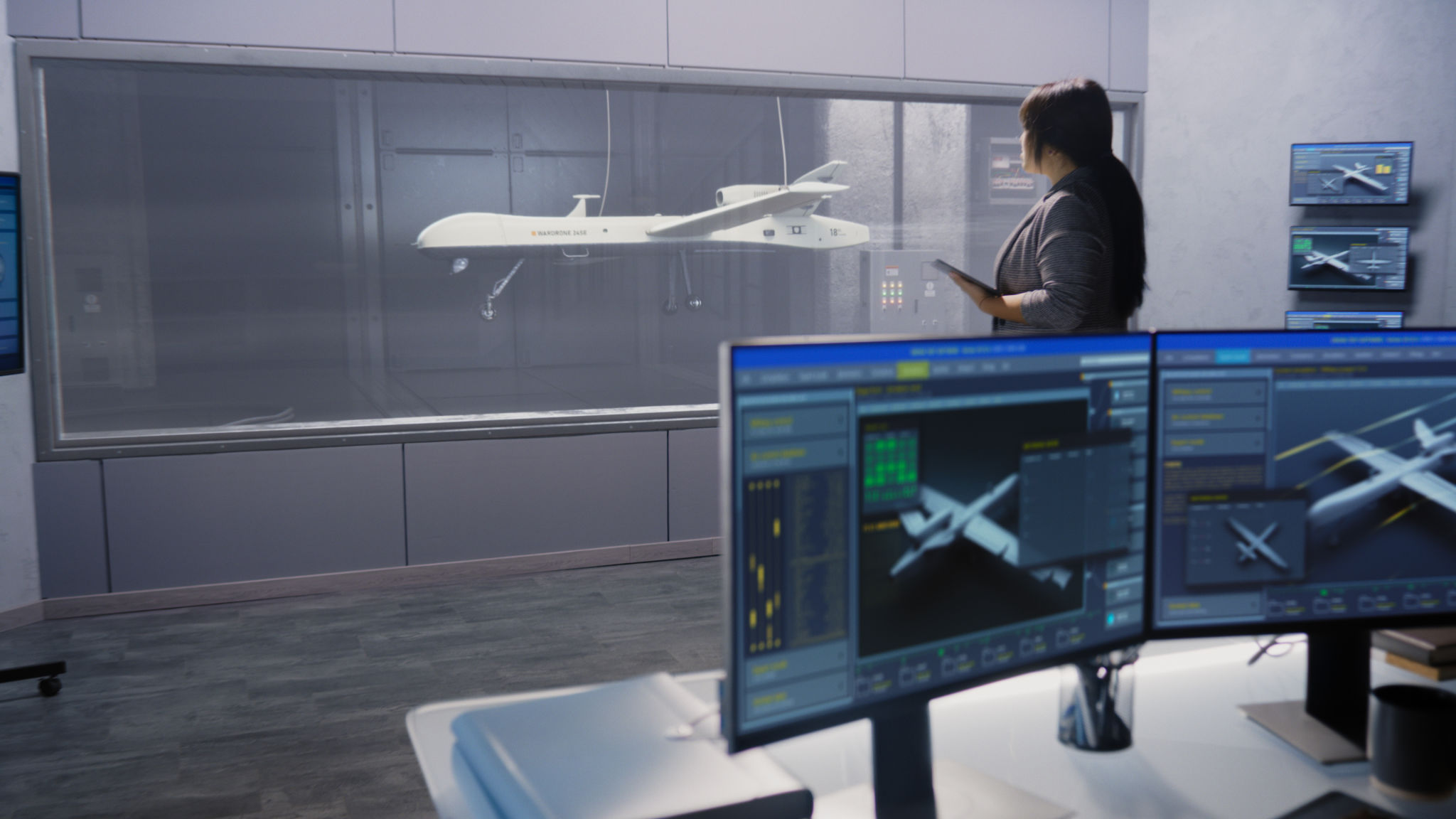Top Winter Road Condition Inspections by Drone: Ensuring Safety and Efficiency
The Rise of Drone Technology in Road Inspections
As winter approaches, ensuring safe and efficient travel on roads becomes a top priority for municipalities and transport authorities. In recent years, the use of drones has revolutionized the way road conditions are inspected, especially during harsh winter months. Drones offer a unique advantage by providing a bird's-eye view of roadways, allowing for quicker and more accurate assessments.
Equipped with advanced cameras and sensors, drones can capture high-resolution images and real-time data that help in identifying potential hazards such as ice patches, snow accumulation, and road damage. This technology not only speeds up the inspection process but also minimizes the risks associated with manual inspections in dangerous weather conditions.

Benefits of Using Drones for Winter Inspections
One of the most significant advantages of using drones for winter road inspections is the ability to cover large areas in a relatively short amount of time. This efficiency is crucial in winter when conditions can change rapidly. Drones can quickly spot problem areas, allowing road crews to prioritize their efforts effectively.
Additionally, drones reduce the need for personnel to physically be on-site, which enhances safety. Inspectors no longer have to navigate icy roads or endure extreme cold to assess conditions. Instead, they can operate drones remotely, ensuring a safer working environment.
How Drones Enhance Data Collection
Another key benefit of drone technology in road inspections is the enhancement of data collection capabilities. Drones are equipped with various sensors that can detect temperature variations, moisture levels, and even structural integrity issues beneath the snow or ice. This data is invaluable for making informed decisions about road maintenance and repairs.
Through the use of thermal imaging and other advanced technologies, drones provide detailed insights into areas that may require immediate attention. As a result, departments can allocate resources more efficiently, ultimately saving time and money in the long run.

Implementing Drone Inspections: Challenges and Considerations
While the benefits are clear, implementing drone inspections does come with its challenges. Regulatory requirements for drone operations can vary by region, and it’s essential for authorities to comply with these regulations to avoid legal issues. Additionally, training personnel to operate drones proficiently is a critical step in maximizing their potential.
Furthermore, investing in drone technology requires initial capital outlay. However, many organizations find that the long-term savings and improvements in safety and efficiency justify the investment. Partnering with experienced drone service providers can also help overcome some of these barriers by offering expertise and equipment as needed.
The Future of Road Inspections
As technology continues to advance, the role of drones in road inspections is likely to expand even further. Innovations such as AI-powered image analysis and autonomous flight capabilities will enhance the ability of drones to identify issues and predict potential problems before they arise.

In conclusion, the adoption of drone technology for winter road condition inspections represents a significant step forward in ensuring safety and efficiency on our roadways. By embracing this innovative approach, authorities can better manage resources, reduce risks, and maintain safer travel conditions during the challenging winter months.
